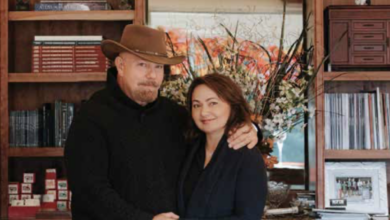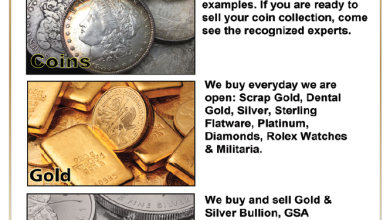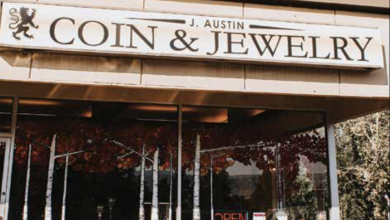Understanding Appraisals
Mark & Andrea Hutto give real answers to questions asked by actual customers.
“I have an insurance appraisal on my diamond ring for $18,000. How much can I sell the ring for?”
This is a question we hear all the time. Often before people sell an item to a store like ours they go and get an appraisal for the item to see what it is worth. If you got an insurance appraisal instead of an estate appraisal (the true trading value of an item for tax purposes), then you may have wasted money. That is because insurance appraisals are not appraisals for the actual value of the item you already own. They are the value of a new item just like yours if it had to be made again (retail replacement value). The insurance appraisal includes the maximum costs of duplicating your piece under unfavorable conditions, including materials, designing and casting fees and other fees associated with making new jewelry, as well as retail markup. Insurance appraisals are often close to double of the original retail price, because once a piece of jewelry is a few years old it goes out of production and the costs associated with manufacturing it again could be much higher since it must be made from scratch.
Oh, kind of like finding parts for an antique car! If it’s no longer in production, you have to go the extra mile to locate it through a network of collectors.
Exactly! Except in the case of your diamond ring, you are not looking for used parts, you are looking for new parts and to make matters worse, the new parts need to be made from scratch.
The fact is, your insurance appraisal might work against you when it comes to selling your goods.
How can an insurance appraisal work against a seller?
Let’s look at it from the brokers’ perspective. If you walk into a shop with a ring that has a maximum new retail value of $9,000, the shop owner or broker knows they cannot pay the full $9,000, because not only was that value for a new item and yours is used, they must also keep room for a profit margin. So the offer you will get will be below the new price. If you pull out an insurance appraisal and tell the owner you want the appraised value (never mind the fact that you only paid $9,000 to start with and retail jewelry usually does not appreciate) any mindful person would simply say the item is not for them and bow out of the transaction. There is no need to ruin ones reputation with an angry customer even if the customer misunderstands the nature of the transaction. The shop owner knows it is a waste of time to explain this, if the customer does not already understand the retail dilemma. Think how hard the reality check is to go from an unrealistic expectation of $18,000 to something actually below its new value of $9,000. A customer who thinks the appraisal is the market value could be years away from accepting the true market realities. We can provide such customers with some third party tools so they can verify the actual value themselves.
Is there any upside to these appraisals?
Yes, if you have a diamond that is 1.75 carats or larger, round brilliant cut, J or better in color and SI or better clarity, there is a good chance the diamond could have gone up in value since you bought it. The jewelry part of the ring, the setting, did not go up in value, but the diamond may have. This is assuming it was purchased between 1987 and 2007, or earlier than 1979. Such a diamond might trade wholesale very close to what you paid or maybe more. Also, these appraisals are useful in case something happens to your jewelry. If you had it properly insured, you can get a replacement.
How can a customer know you are telling them the truth about the actual market value?
I don’t mind if customers want to verify what I say. The more research they do before they step foot into my shop, the more likely they are going to want to do business with me. The diamond market is complex and there are many factors involved with understanding diamond values. I can provide a customer with third party sources to get a realistic trade value for their stone. Most customers are impressed with the prices we can achieve for their stones. We can do that in such a small town, because over the years we have built up a great network of global buyers who are not subject to local market swings.
Ok, so what if I still want full retail for my stone?
I say spend $100,000 and please open a shop next to mine. We could be great neighbors! (ok to be fair we did not really give that response)




